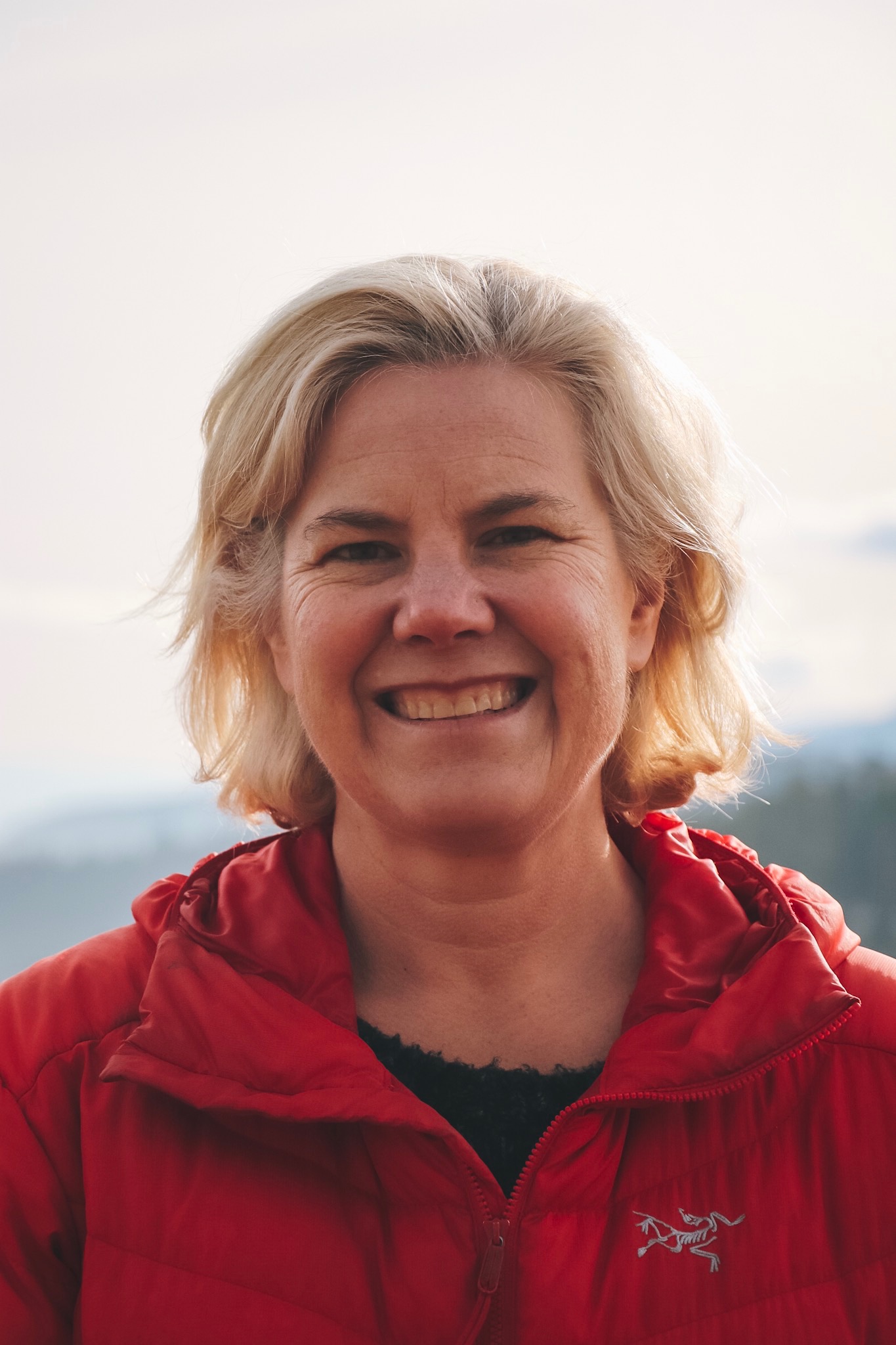A day in the life of a wildlife biologist: Kari Stuart-Smith, PhD., RPBio., PBiol.
 Kari Stuart-Smith, PhD., RPBio., PBiol.
Kari Stuart-Smith, PhD., RPBio., PBiol.
Manager, Biodiversity and Wildlife
Woodlands Canada
Canfor
In your role, what are your responsibilities? What does your typical day look like?
I provide leadership, expertise, and strategic & operational direction on policy matters related to wildlife and biodiversity for Canfor.
There is no such thing as a typical day, which is part of why I love my job! My days include working together with various groups including Indigenous Nations, the Province, stakeholders, and Canfor foresters to develop forestry strategies and practices to conserve wildlife and biodiversity. To support this, we often walk in the forest and discuss how to best to achieve the goals and values we have for the forest together. Over the years I have conducted research on and developed best management practices and standard work procedures on everything from general stand structure in cutblocks and ecosystem restoration to northern goshawks, caribou, moose, mountain goats, and badgers.
Tell us about your career path. How did you end up where you are today?
I was interested in wildlife early on, and completed an undergrad and Master’s degrees in the subject. Real world application interested me more than theory, and after finishing my Master’s at the University of Alberta, I had the opportunity to work for a new pulp company in Northeastern AB. This experience confirmed that I wanted to work in the forest sector. I then went to Oregon State to undertake a PhD in Forest Science, and following that was offered a job with Crestbrook Forest Industries out of Cranbrook, which became Tembec Inc, followed by Canfor in 2012.
Are there any accomplishments that you are really proud of?
The things I am most proud of are the collaborative projects I have undertaken with others, although these have been the most challenging as well. These include developing an innovative new method to identify high value old growth in TFL14 using LiDAR, the Jasper Fuel Reduction project with Parks Canada (watch the video), leading a multi-disciplinary team in the identification of high value conservation areas in the East Kootenay to assist with our FSC certification there, and being nominated to BC’s first Minister’s Wildlife Advisory Council.
How is wildlife management incorporated into forest planning and practices?
In forestry, wildlife habitat is considered at the site, stand, and landscape levels. At the site level, Canfor protects habitat features such as carnivore dens, ungulate licks, and raptor sticks nests with both provincial legislation and internal guidance. At the stand level, our wildlife tree patches incorporate high value standing dead trees, which provide habitat for cavity nesting birds, mammals, and riparian reserves, deciduous and understory trees (where available) are left within cutblocks to enhance the habitat value of the block as it regenerates. At the landscape level, wildlife habitat areas, old growth management areas, and some very large no-harvest areas and high conservation value areas combine to provide habitat for species requiring these areas. In addition, species sensitive to human access are considered with road rehabilitation plans. We also apply species-specific management for species at risk such as caribou.
What excites you about your future in this industry?
Forest and wildlife management is rapidly changing to incorporate many more values and perspectives than it did previously, and the need for professionals with a strong understanding of wildlife habitat and forest management is only growing. There is a strong requirement for creative and innovative people who can actively solve problems in a collaborative fashion with a variety of people with different perspectives and values.
What advice would you have for someone who might be considering a career in wildlife management?
I would strongly encourage anyone with an interest in the subject to pursue it. There are many opportunities in the field and it provides a highly rewarding and enjoyable career (at least it has for me!). Take courses in forestry as well as wildlife biology, and focus on verbal communication skills and collaborative problem-solving.

